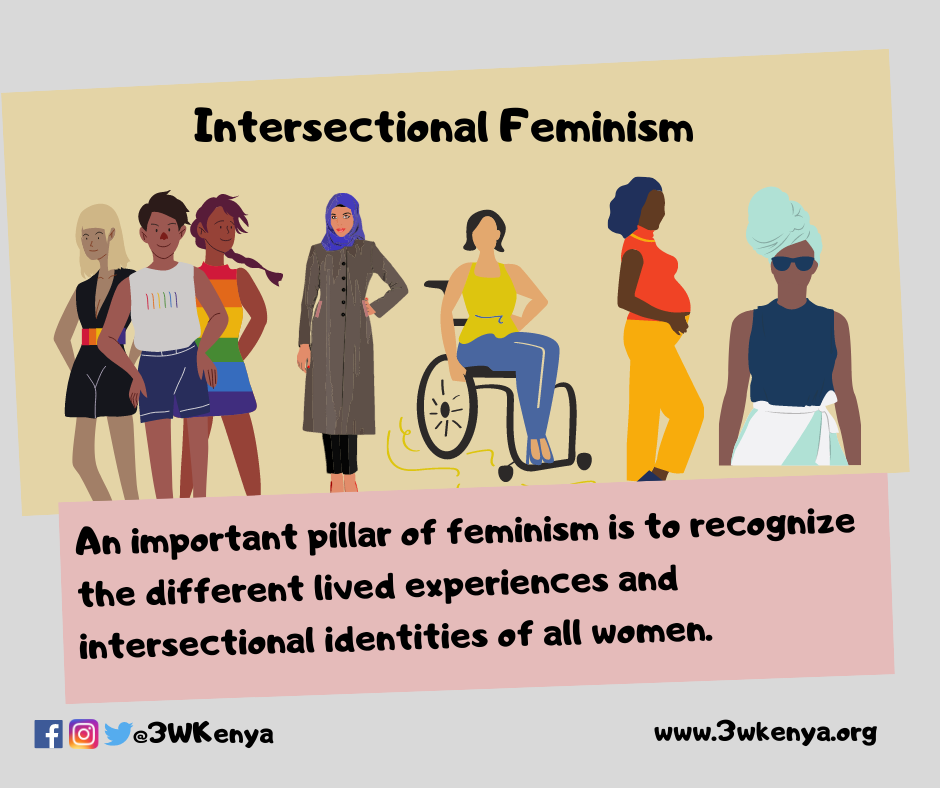Intersectional Feminism- How to support the movement!
Most know that feminism is the movement set on achieving gender equality. But not as many know what intersectional feminism is. Intersectional Feminism as a term, was first coined by American professor Kimberle Crenshaw in the year 1989. It is the study of overlapping or intersecting social identities and related systems of oppression, domination, or discrimination. It means that women experience oppression in varying configurations and in varying degrees of intensity. Patterns of oppression are not just interrelated but are influenced by those interrelations. We are complex beings, with multiple levels of identity, living in a society with multiple inequities, so the reality is that many of us are navigating multiple systems of oppression and discrimination at the same time.
An important pillar of feminism is to recognize the different lived experiences and intersectional identities of all women. It is crucial to acknowledge that in order to achieve equality we must always be mindful of our differences. There are interlocking systems of power that affect those who have multiple identities. When challenging the status quo in the fight for gender equality we must always consider that oppression based on race, sexual orientation, age, ethnicity, class, and religion will compound the experience of gender inequality for the most marginalized in our society. And so, intersectional feminism recognizes that feminism is not and cannot be a one-size-fits-all phenomenon. It recognizes that we must acknowledge and include minority voices. We must remember that feminism isn’t just me and mine—it’s us and ours.
How we can support the intersectional feminist movement;
- Listen and learn! Listen to the most marginalized voices in society and hold space for them to use their voice at every level. Learn about other people’s experiences that you’re less familiar with (e.g. in terms of ethnicity, race, sexuality, etc.) and educate yourself.
- Understand! Understand that your reality and feminist goals may not be the standard and that every person suffering under systematically patriarchal structures might have a significantly different background, situation, and lived experience.
- Talk! Talk with others about the existing shortcomings. Challenge people who say sexist expressions or use another derogatory language in every day private life. Use your voice and reach to already be political on personal levels.
- Challenge! Challenge your own privilege and mindset. So much of what we learned has been taught by a society that values men’s rights more than women’s, but also certain races have more rights and privileges, certain sexual orientations, certain ages, ethnicities, and classes too. So challenge the existing structures both around you and within you, challenge your own thinking and behavior.




